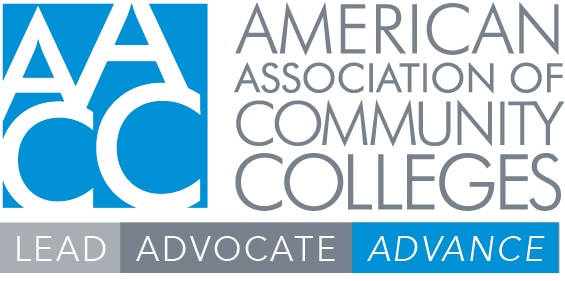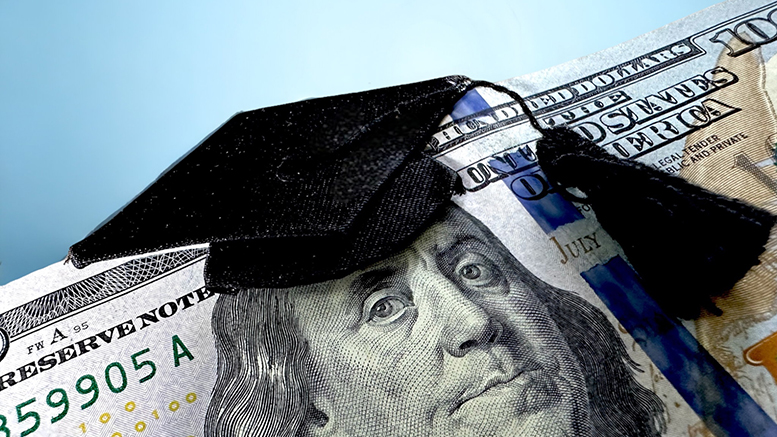A key pillar of the Biden administration’s new income-driven repayment (IDR) plan that provides student loan forgiveness for borrowers meeting certain conditions will now go into effect sooner than anticipated. Beginning in February, qualifying borrowers will have all their outstanding debt canceled with no further action required on their part.

As a part of the Saving on a Valuable Education (SAVE) plan finalized by the U.S. Education Department (ED) last year, individuals who originally took out $12,000 or less in federal student loans are eligible to have their loans forgiven after at least 10 years of monthly payments. For every $1,000 borrowed more than $12,000, individuals can receive forgiveness after an additional year of payments. Under previous IDR plans, borrowers had to be in repayment for at least 20 years before they could receive forgiveness.
Borrowers who attended community colleges are expected to be one of the primary beneficiaries of the regulatory changes, given that they typically borrow smaller amounts than students attending other types of institutions. ED estimates that the SAVE plan will allow 85% of future community college borrowers to be debt-free within 10 years. The average community college student debt, for those who borrow, is less than $10,000.
Enroll and save
Borrowers must be enrolled in the SAVE plan to have their debt forgiven. Individuals who were previously on the REPAYE IDR plan were automatically enrolled in the SAVE plan. ED plans to reach out to borrowers not currently enrolled in SAVE who could receive loan forgiveness as soon as they sign up for the plan on the department’s website.
ED began implementing parts of the SAVE plan’s regulations last summer, prior to the end of the student loan repayment pause, but the bulk of the plan’s benefits are not scheduled to go into effect until this July. Education Secretary Miguel Cardona said that ED’s “ability to deliver this relief to borrowers months ahead of schedule is a testament to the Biden administration’s commitment to delivering relief to as many borrowers as possible, as quickly as possible.”
In addition to lowering the timeline to forgiveness for small-balance borrowers, the plan will also:
- Lower the monthly payment amounts for undergraduate borrowers from 10% to 5% of discretionary income.
- Raise the income-protection allowance so that no borrower earning under 225% of the federal poverty level will owe a monthly payment (up from 150%).
- Ensure that borrowers’ loan balances will not grow due to unpaid monthly interest.
AACC will host a session at the upcoming 2024 Annual in April that will outline some of the new factors that may influence student choices concerning federal debt due to the SAVE plan.





